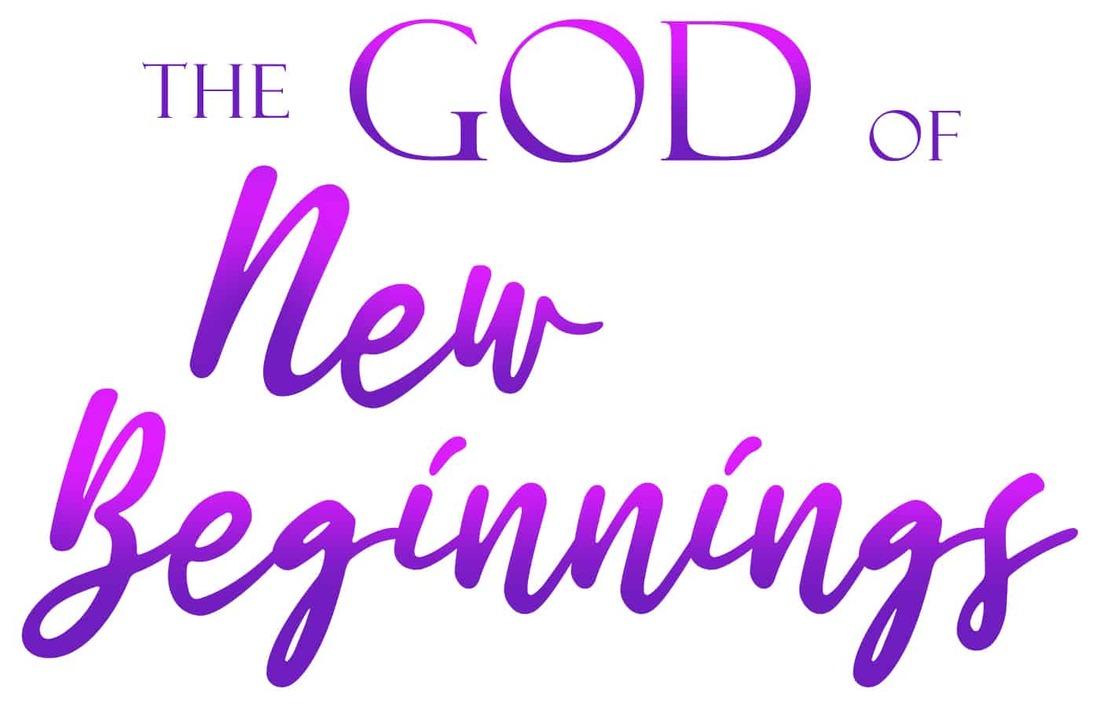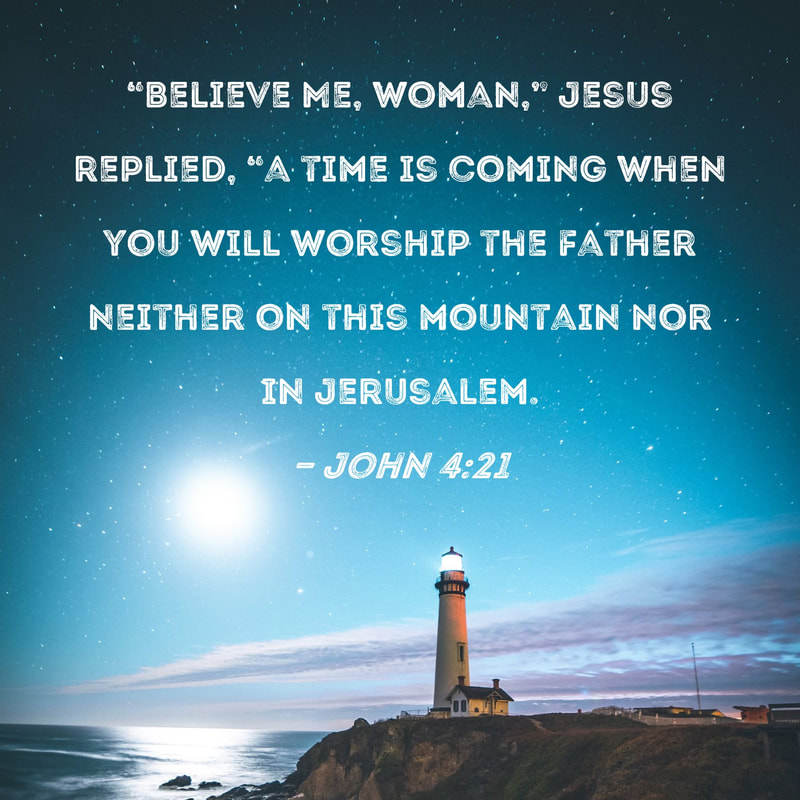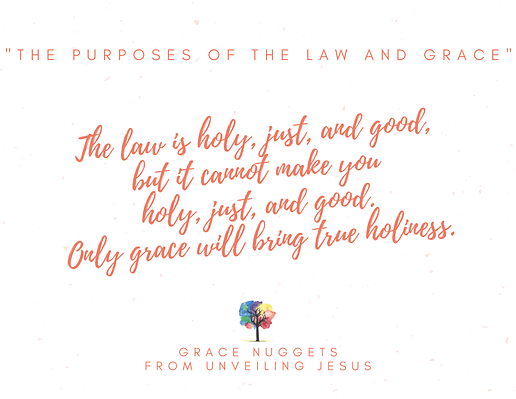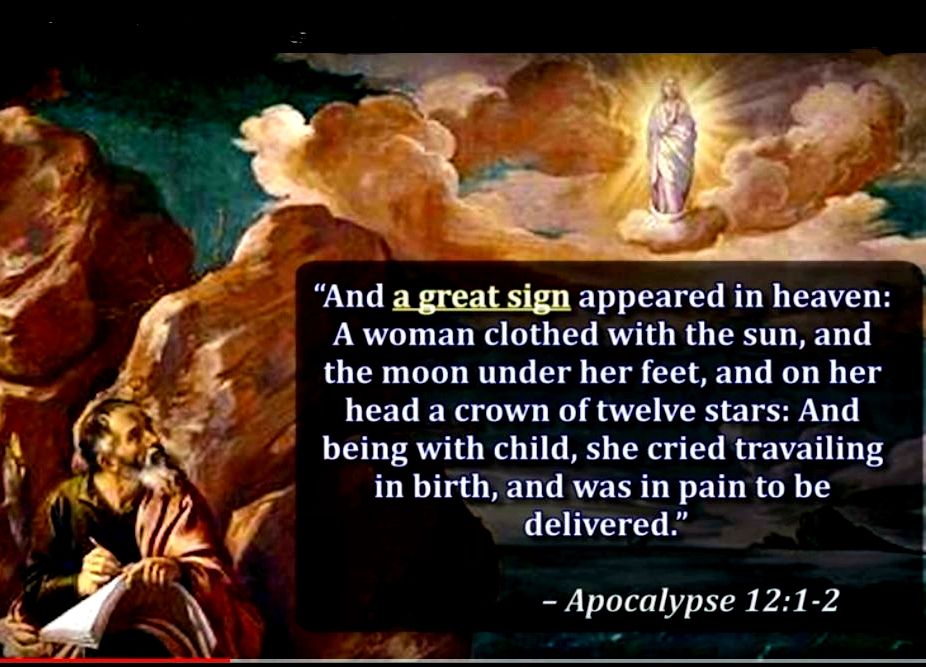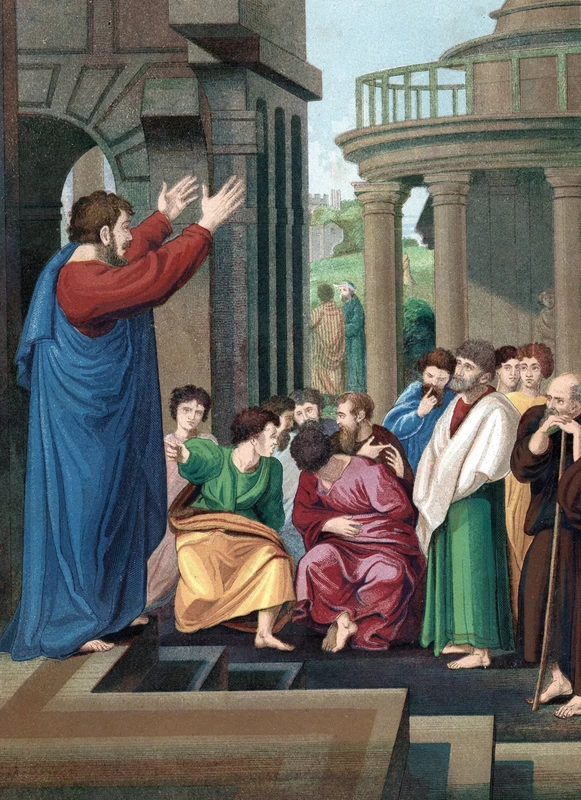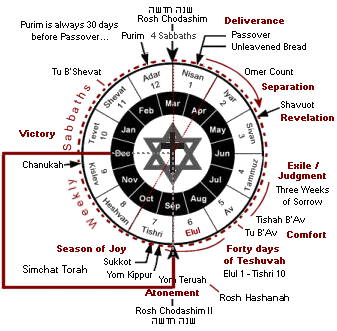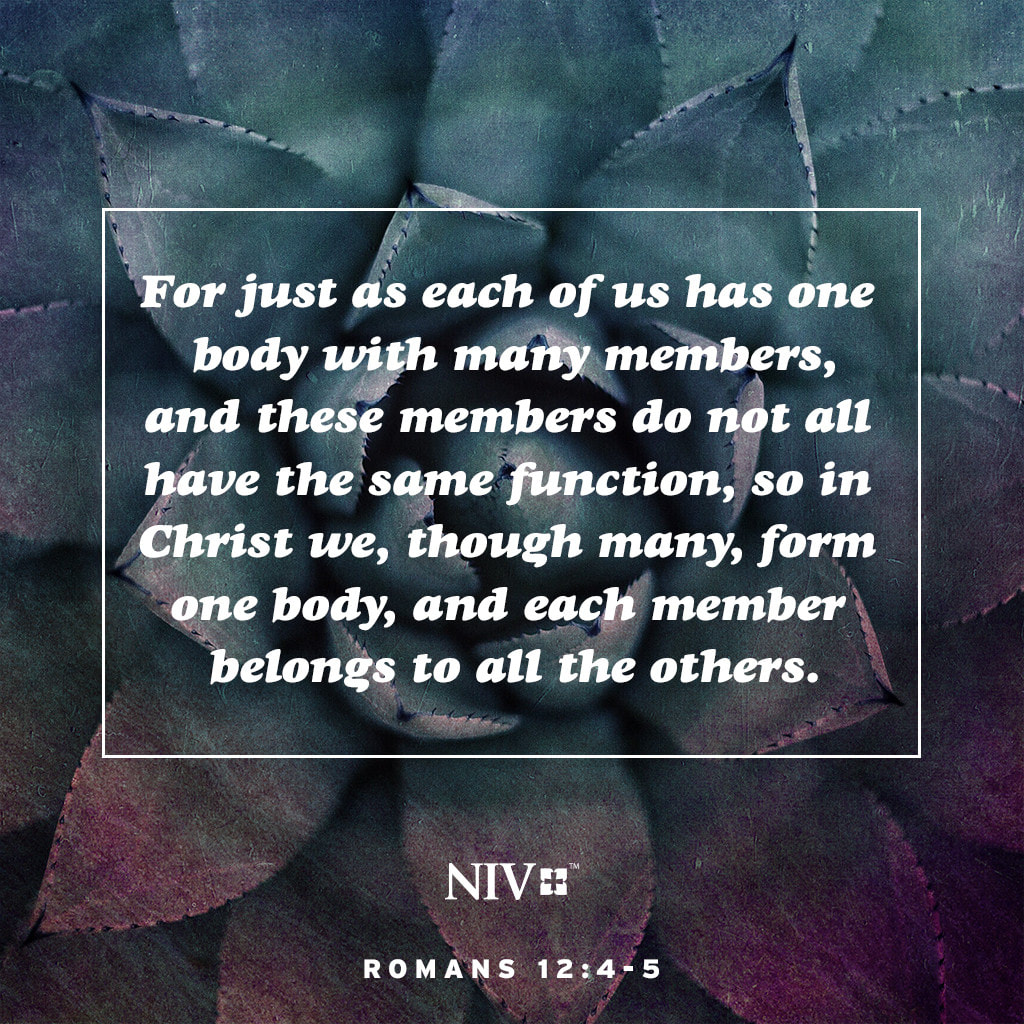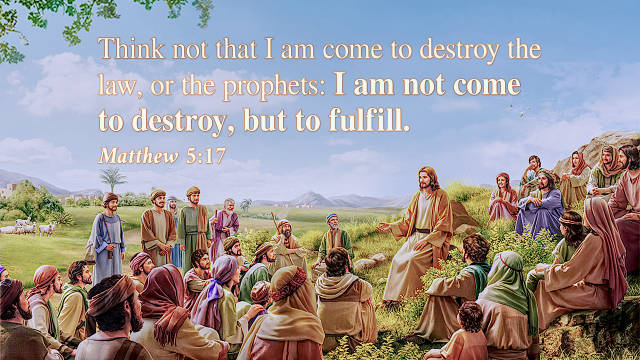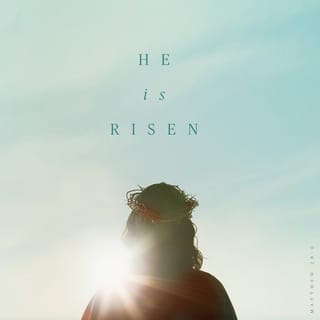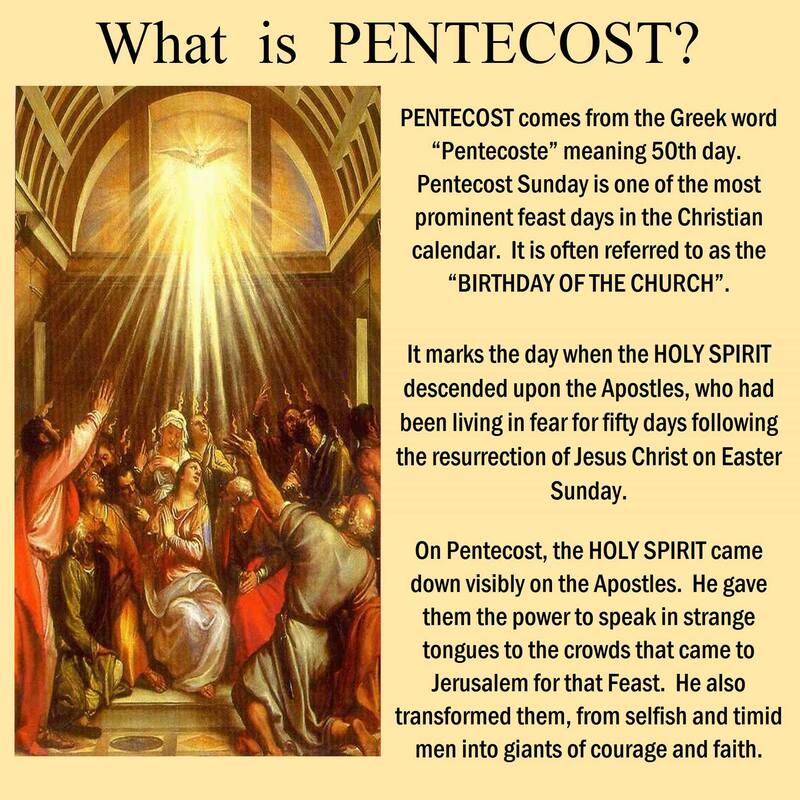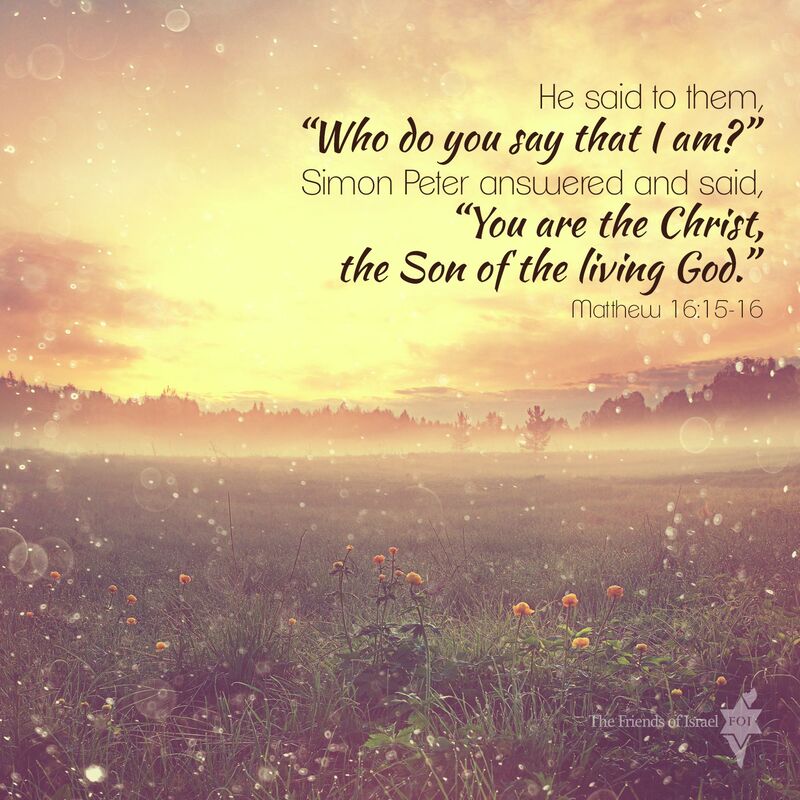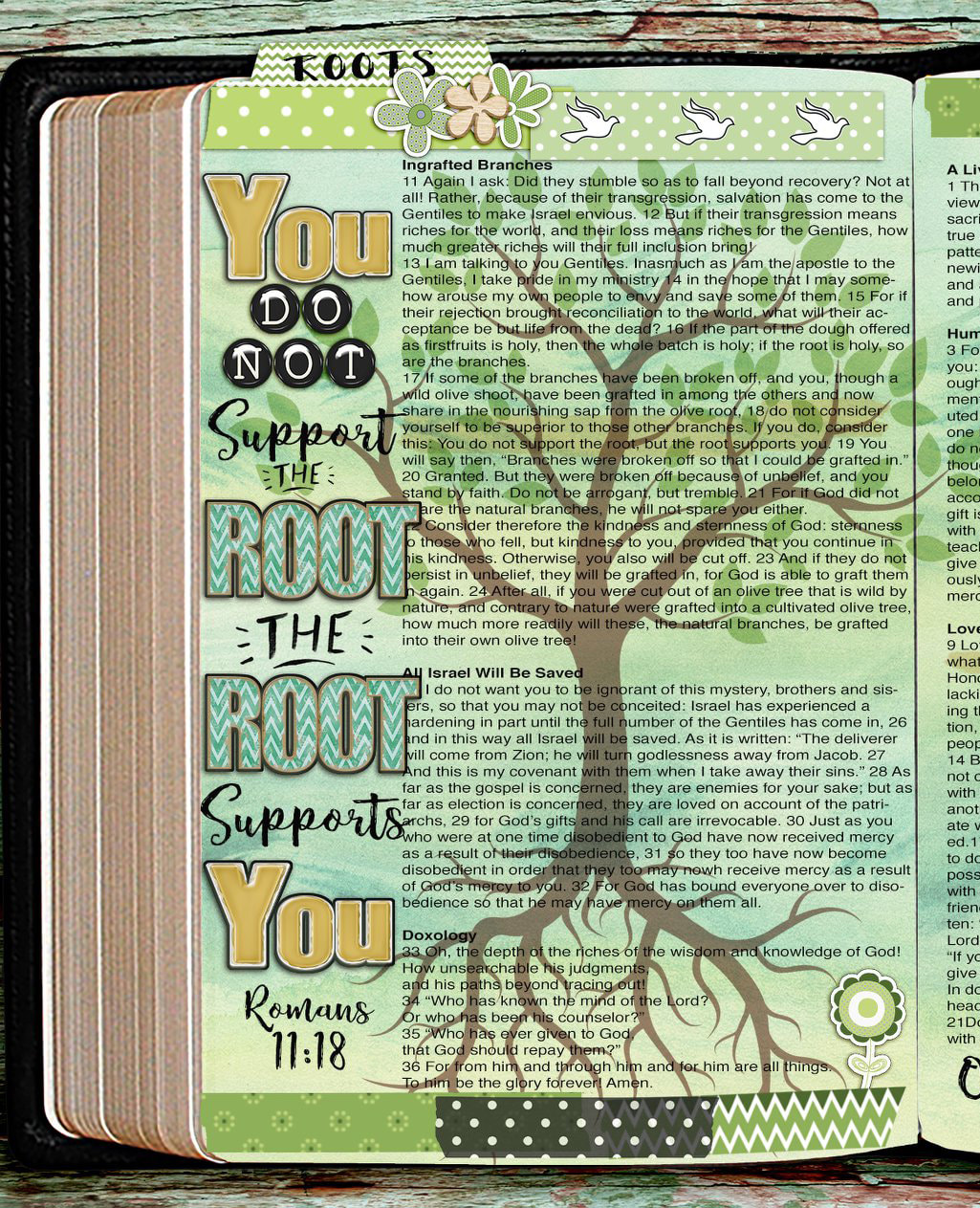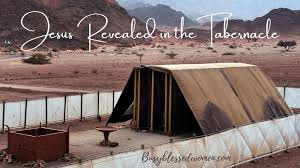and the life”
is one of the seven “I Am” statements of Jesus. On the last night before His betrayal and death,
Jesus was preparing His disciples for the days ahead.
For over three years, these men had been following Jesus and
learning from His teaching and example.
They had placed their hopes in Him as the Messiah,
the promised deliverer,
yet they still didn’t understand how He was going to accomplish that
deliverance.
After the Last Supper, Jesus began speaking about His departure,
which led to questions from His disciples.
In John 13:33, Jesus said, “My children, I will be with you only a little longer.
You will look for me, and just as I told the Jews, so I tell you now:
Where I am going, you cannot come.”
This prompted Peter to ask where He was going (verse 36).
Peter and the others did not understand that Jesus was speaking of His death and ascension to heaven.
Jesus’ response was, “Where I am going, you cannot follow now, but you will follow later.” Peter was still misunderstanding and declared that he would follow Jesus anywhere and even lay down His life if necessary. As Jesus patiently continued to teach His disciples, He began speaking more plainly about heaven, describing the place He was going to prepare for them (John 14:2–3). Then Jesus said, “You know the way to the place where I am going” (verse 4). Speaking for the others, Thomas said they did not know where He was going, so how could they know how to follow Him there? It was in answer to this question that Jesus uttered one of the seven famous “I am” statements.
I am – In the Greek language, “I am” is a very intense way of referring to oneself. It would be comparable to saying, “I myself, and only I, am.” Several other times in the Gospels we find Jesus using these words. In Matthew 22:32 Jesus quotes Exodus 3:6, where God uses the same intensive form to say, “I am the God of Abraham, and the God of Isaac, and the God of Jacob.” In John 8:58, Jesus said, “Truly, truly I say unto you, before Abraham was, I am.” The Jews clearly understood Jesus to be calling Himself God because they took up stones to stone Him for committing blasphemy in equating Himself with God. In Matthew 28:20, as Jesus gave the Great Commission, He gave it emphasis by saying, “I am with you always, to the end of the age.” When the soldiers came seeking Jesus in the garden the night before His crucifixion, He told them, “I am he,” and His words were so powerful that the soldiers fell to the ground (John 18:4–6). These words reflect the very name of God in Hebrew, Yahweh, which means “to be” or “the self-existing one.” It is the name of power and authority, and Jesus claimed it as His own.
The way – Jesus used the definite article to distinguish Himself as “the only way.” A way is a path or route, and the disciples had expressed their confusion about where He was going and how they could follow. As He had told them from the beginning, Jesus was again telling them (and us) “follow me.” There is no other path to heaven, no other way to the Father. Peter reiterated this same truth years later to the rulers in Jerusalem, saying about Jesus, “Salvation is found in no one else, for there is no other name under heaven given to men by which we must be saved” (Acts 4:12). The exclusive nature of the only path to salvation is expressed in the words “I am the way.”
The truth – Again Jesus used the definite article to emphasize Himself as “the
only truth.”
Psalm 119:142 says, “Your law is the truth.” In the Sermon on the Mount, Jesus reminded His listeners of several points of the Law, then said, “But I say unto you . . .” (Matthew 5:22, 28, 32, 34, 39, 44), thereby equating Himself with the Law of God as the authoritative standard of righteousness. In fact, Jesus said that He came to fulfill the Law and the prophets (Matthew 5:17). Jesus, as the incarnate Word of God (John 1:1) is the source of all truth.
The life – Jesus had just been telling His disciples about His impending death, and now He was claiming to be the source of all life. In John 10:17–18, Jesus declared that He was going to lay down His life for His sheep, and then take it back again. He spoke of His authority over life and death as being granted to Him by the Father. In John 14:19, He gave the promise that “because I live, you also will live.”
The deliverance He was about to provide was not a
political or social deliverance
(which most of the Jews were seeking), but a true deliverance
from a life of bondage to sin and death
to a life of freedom in eternity.
In these words, Jesus was declaring Himself the great “I Am,” the only path to heaven, the only true measure of righteousness, and the source of both physical and spiritual life. He was staking His claim as the very God of Creation, the Lord who blessed Abraham, and the Holy One who inhabits eternity. He did this so the disciples would be able to face the dark days ahead and carry on the mission of declaring the gospel to the world. Of course, we know from Scripture that they still didn’t understand, and it took several visits from their risen Lord to shake them out of their disbelief. Once they understood the truth of His words, they became changed people, and the world has never been the same.
So how do we follow Him today?
The same way the disciples did long ago.
They heard the words of Jesus and believed them.
They took His words and obeyed them.
They confessed their sins to Jesus as their Lord and God.
They believed that He died to take the punishment of their sins and rose from the dead to give them new life.
They followed His example and command
to tell others the
truth
about sin, righteousness, and judgment.
When we follow Him in “
the way,”
we can be assured of following Him
all the way to heaven.
 RSS Feed
RSS Feed



